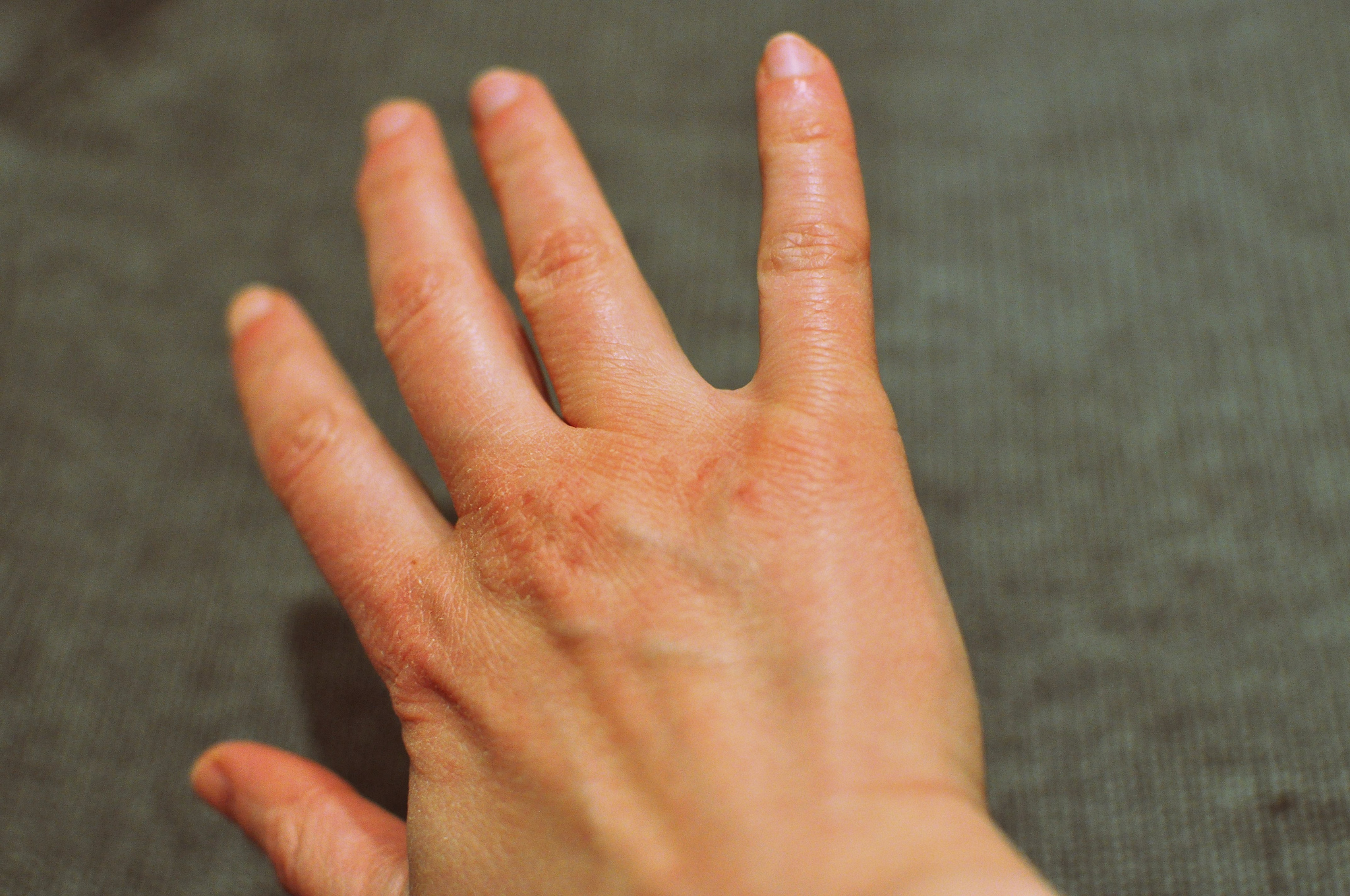How to deal with diabetes skin care
Surprising research shows that as many as one-third of people with diabetes will have a skin disorder caused or affected by diabetes at some time in their lives. Diabetics should know the potential skin issues that they face and what they can do to prevent such issues, which is why we’ve created this infographic.
First, diabetics should know the skin disorders that they might encounter. Diabetics will commonly encounter dry skin, bacterial and fungal infections, and difficulty with healing wounds. They may also have itching, diabetic blisters, and rashes. In rare occasions, diabetics may have yellow skin, which stems from insulin use and the fact that it works similarly to a growth hormone.
These skin conditions sound unpleasant, but luckily, diabetics can prevent them by being vigilant about their skincare. Diabetics should bathe daily with warm water and mild soap, avoiding very hot showers and baths that may dry out skin. Moisturizing soap and lotion can prevent the dryness that bathing can cause. In cold months, keep your home more humid to treat the dry air, and make sure to moisturize regularly in cold/windy weather and after washing hands. Add foods rich in omega-3 fatty acids into your diet, like salmon, and drink plenty of fluids to keep your skin hydrated.
You might also consider compiling a first aid kit for your skin to keep on hand. This kit could include items such as antibacterial ointment, clean petroleum jelly, hypoallergenic tape, gauze pads, paper tape, prepackaged cleansing fragrance-free towelettes, and self-adherent elastic wrap from Coban.
Finally, remember that skin disorders can affect diabetics’ feet as well. Common foot problems that diabetics face include blisters, cracked feet, infections, and skin conditions caused by a lack of circulation or diabetic nerve damage. Prevent these problems with your feet by seeing your doctor yearly for a foot examination that focuses on circulation and sensation.




